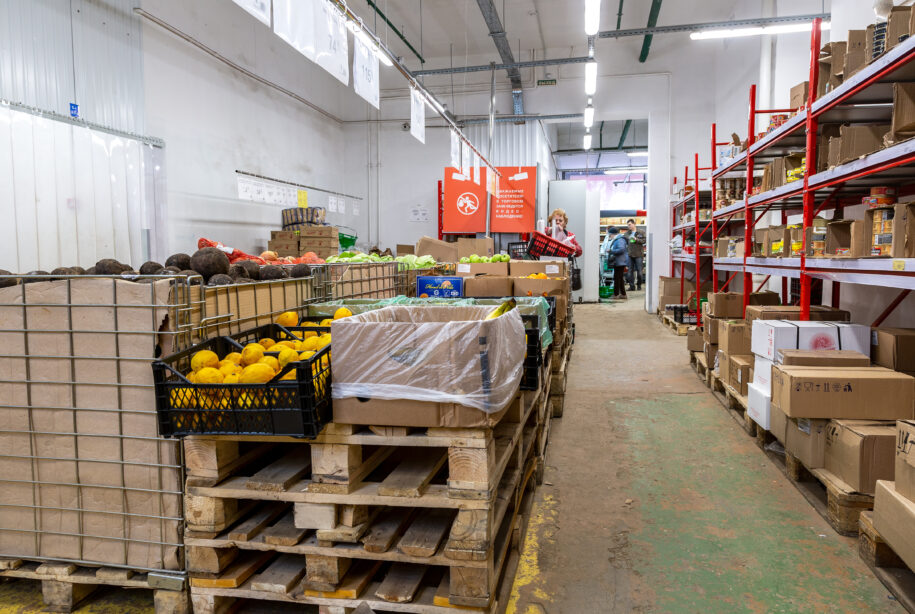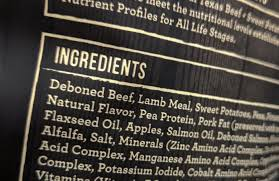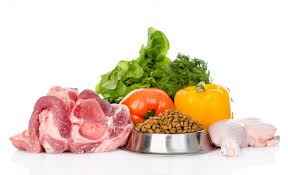As the North American food industry continues to face new and growing challenges, it’s worth asking what role food liquidators have to play in the unique sector of the closeout food industry – and how companies who specialize in this niche arena of the secondary food market will contribute to future market changes.
Food retailers and manufacturers have been hit hard by inflation and supply chain disruptions. So, too, have everyday consumers, many of whom have modified their shopping habits in response to rising prices. And with a global recession looming, the food industry must be responsive and creative when it comes to sourcing, supplying, stocking, and selling food supplies. For many, this includes increased use of wholesale food liquidators to fill in the gaps when necessary.
So what does this mean for food liquidation companies and those specializing in excess food, close-coded food, and other items unsuited for the top-tier market? Here’s what to know about the evolving role of liquidators in the current – and future – food industry.
What Do Food Closeout Liquidators Do?
Food liquidation companies like Marvell Foods specialize in brokering sales of overstock, closeout, out-of-date, and discontinued food products. They also arrange sales for consumable products that can no longer be sold through traditional retail channels, such as seasonal foods or products that have undergone packaging changes.
During the pandemic and subsequent economic shift, liquidators have been instrumental in helping companies reduce waste and mitigate profit loss. They have also played an important role in stocking food banks for families in need.
The Future of the Food Industry
Here in North America, the future of the food industry is being shaped by several overarching factors. These include inflation and supply chain issues, climate-based food shortages, growing populations, and increased demand for food transparency.
These challenges are felt by food retailers and manufacturers. They’re also impacting individual purchasing decisions, including not just what people buy but where they buy it and how much they’re willing (and able) to spend.
If the pandemic taught us anything, it’s that we can’t always accurately predict what’s ahead. But with so much riding on a thriving food industry, companies must be proactive in their approach to addressing rapidly changing circumstances, as evidenced by the strain imparted by the pandemic and the following issues we continue to face. This is especially true in light of the increasing impact of climate-related disasters and their effect on the nation and the world’s food supply.
Examining the Role of Food Liquidation Services
Whether it’s food closeouts, liquidation of excess inventory, or brokered deals between food retailers and manufacturers, it’s hard to underestimate just how essential food liquidation companies are to continued industry efficiency.
Food liquidation specialists provide smart strategies for overcoming the hurdles faced by food industry businesses. Beyond the basics, this includes benefits such as:
- Diversifying food offerings
- Increasing foot traffic for retailers
- Sourcing more cost-efficient products and ingredients
- Reducing storage needs and costs
Moving forward, food liquidators will likely have even more involvement in the sale of excess inventory. It’s not just food retailers and manufacturers that are in need of alternate options – consumers, too, are increasingly looking for new ways to get what they need. This will almost certainly necessitate a better understanding of what terms like “best by” and “use by” really mean, plus a willingness to source food from non-traditional retailers.
In all of this, specialists in food liquidation are a must for connecting the dots and getting products into the hands of consumers as well as manufacturers and retailers looking to improve margins while generating new audiences for their food goods and products. As a result, the market for closeout food liquidation services is expected to soar in growth between now and the end of the decade, both in North America and around the globe.
Industry-Leading Wholesale Food Liquidation
Marvell Foods has decades of experience helping companies adapt to changing market conditions. Our services are designed to help you build resilience in your business processes, putting you a step ahead of the competition and ensuring your continued success.
Learn more about us and how we can help your business prepare for the future of the food industry, and contact us today for one-on-one guidance and support.




